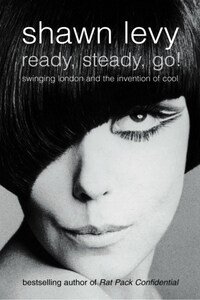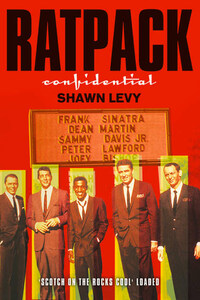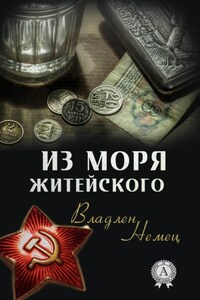It happened to happen. All at the same time. Every day was a party. It was like a child who has been under the parentsâ control, and all of a sudden on the eighteenth birthday, they say, âHere is the key to your Ferrari, here is the key to your house, here is your bank account, and now you can do whatever you like.â It was enough to go mad! The new century started in 1960. After that, itâs only been perfecting what we started.
Alvaro Maccioni, restaurateur
Grey.
The air, the buildings, the clothing, the faces, the mood.
Britain in the mid-1950s was everything it had been for decades, even centuries: world power; sire of glorious intellectual, aesthetic and political traditions, gritty vanquisher of the Nazis, civilising docent to whippersnapper America, bastion of decency, decorum and the done thing.
But somehow, in sum, it was less.
Its colonies were demanding freedom and getting it; such unilateral forays into geopolitics as Suez were fiascos; its cuisine, architecture, popular entertainment, fashion and cinema succeeded only when mimicking continental or American models, as Matt Munro, Lonnie Donegan, Diana Dors and Norman Hartnell had done; it stood stubbornly outside a centralising Europe while shrinking alongside the US as standard bearer of Western values in a crystallising Cold War; it was a noncompetitor in the arms race, the space race and, more and more, the prestige race. Winston Churchill, hero of decades ago, sat in Parliament, and the spoor of antique manners lay thick in the air; it seemed a nation not so much in decline as left behind.
The States, France, Italy all felt modern. Rock music and the rise of the teenager as tastemaker made the American scene come on, naturally, loudest, while decadent, savvy, grown-up style made existential Paris and La Dolce Vita Rome meccas for both the international jet set and an emerging global bohemian underground. England by contrast was dowdy, rigid and, above all, unrelentingly grey, grey to its core.
In â53 â fully eight years after the war had ended â Britons were still eating rationed food, answering natureâs call in backyard privies, and making their daily way through cities that bore the deep scars of Luftwaffe bombing. Germany, Italy and Japan â the losers, mind you â were seeing their economies revitalise; France, which had been ravaged, was in recovery. But in Britain, the hard days still seemed alive. For many Britons, the mid-1950s were materially and psychologically a lot like the mid-1950s. It was, in the words of critic Kenneth Tynan, a âperpetual Dunkirk of the spiritâ, made more bitter, perhaps, with the false glimpse of spring that was a young queenâs coronation.
Within a few years, however, that was to change. By 1956, the British economy had finally relaunched itself: key industries were denationalised by a conservative government; American multinationals were choosing Britain as the home base for their expansion into Europe; unemployment dipped, spiking the housing, automobile and durable goods markets; credit restrictions were eased, encouraging a boom in consumerism; and the value of property â particularly bombed-out inner-city sites â soared. In just three years, the English stock market more than doubled in value, and the pound rose sharply in currency markets.
Inevitably, as in America, prosperity led to complacency and nostalgia for a pre-war era that only in retrospect seemed golden. The mood, taken at large, was smugâor would have been, if smugness had been considered good form. The Prime Minister, Harold Macmillan, patting himself on the back in 1957, declared âYouâve never had it so good.â And in many respects he was rightâif you were of certain tastes and strains of breeding.
The common conception of big city excitement â women in long skirts, men in dinner jackets, dance band music, French cuisine, a Noël Coward play and a chauffeured Rolls â was just as it might have been in the 1920s. âLondon was kind of a grown-up town,â remembered journalist Peter Evans. âIt was an old manâs town. Nightclubs were where you went if you wanted to hear people playing the violin. There was nowhere to go. Even Soho closed early. There were drinking clubs, but they were private.â There was nothing for young people,â remembered fashion designer Mary Quant, âand no place to go and no sort of excitement.â










